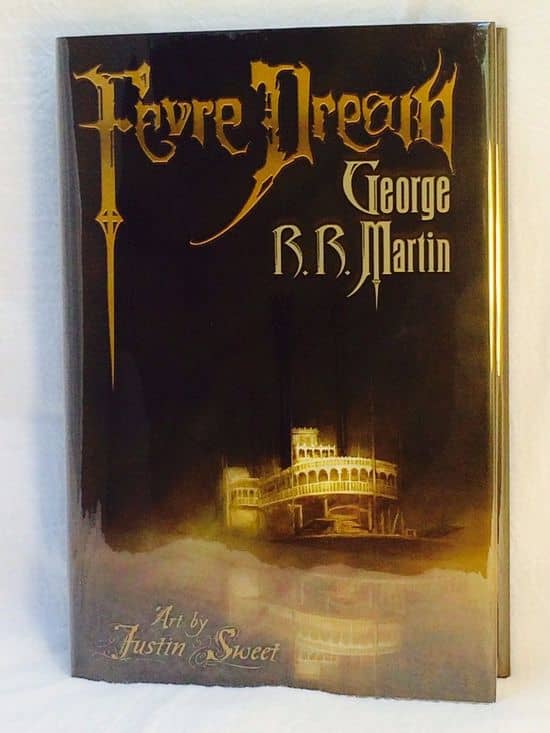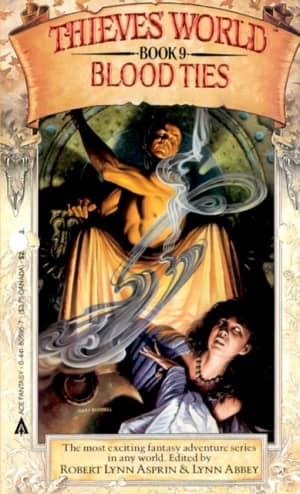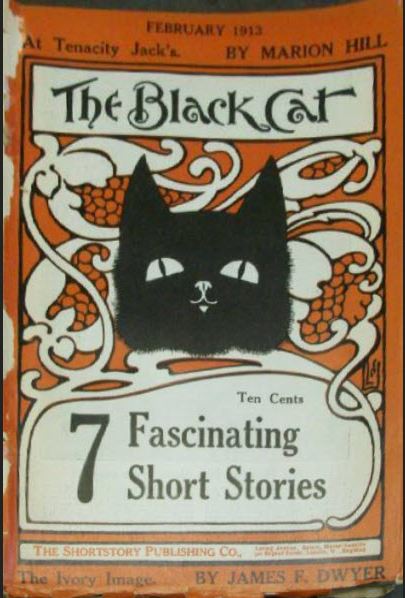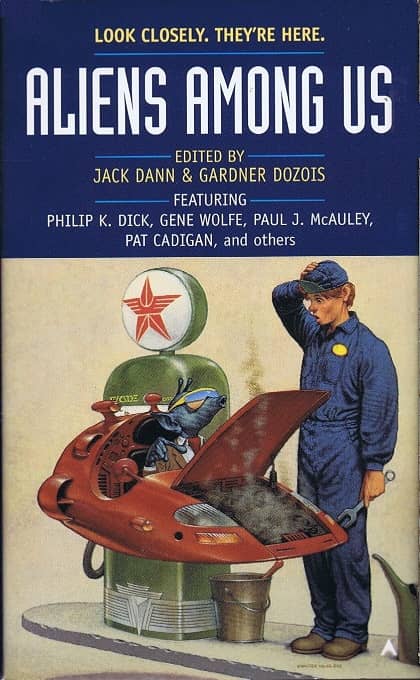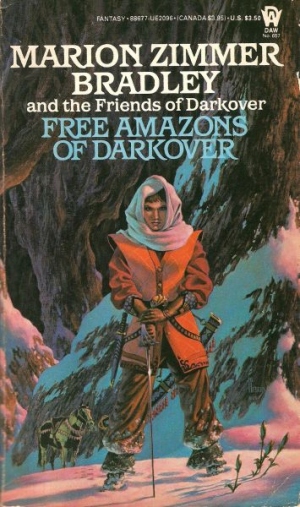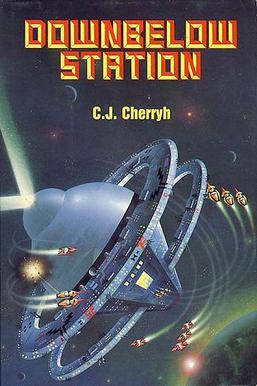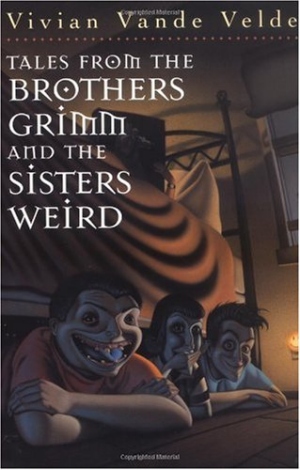Vintage Treasures: Nebula Winners Fourteen, edited by Frederik Pohl
 |
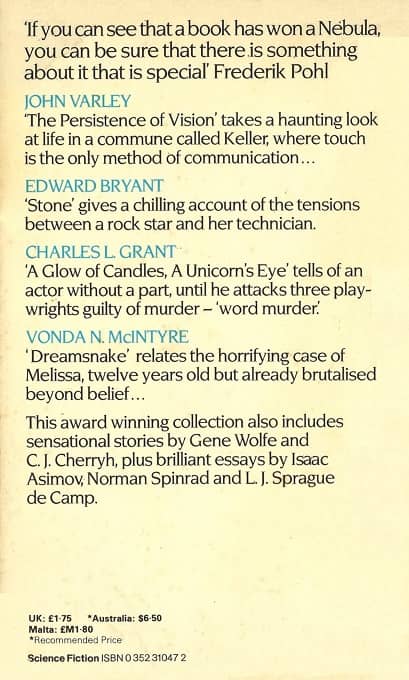 |
Back in May, more or less on a whim, I paid $6.59 for a copy of the British paperback edition of Nebula Winners Fourteen, edited by Frederik Pohl. I already had the Bantam version (see below) but the gorgeously moody cover by the great Bruce Pennington hypnotized me, and what could I do?
I’m glad I did it, anyway. In this hot Illinois summer, a book I can dip into while relaxing on the porch is a perfect antidote, and having Nebula Winners Fourteen conveniently on hand has reminded me just how outstanding the Nebula anthologies were, and are, year after year. This one, for example, includes the three 1978 Nebula short fiction award winners, plus a 30-page excerpt from the winning novel:
“The Persistence of Vision,” by John Varley (Best Novella)
“A Glow of Candles, a Unicorn’s Eye,” by Charles L. Grant (Best Novelette)
“Stone,” by Edward Bryant (Best Short Story)
An Excerpt from Dreamsnake, by Vonda N. McIntyre
But it also includes some superb nominees, as selected by Pohl, including C. J. Cherryh’s Hugo Award-winning short story “Cassandra,” and Gene Wolfe’s massive 60-page novella “Seven American Nights.” I imagine Pohl got a lot of grief for cramming two long novellas into a slender paperback, displacing a lot of award-nominated short fiction in the process, but the years have proven the astuteness of his choice. “Seven American Nights” is one of the most acclaimed stories of the 70s, still discussed and enjoyed today, whereas the winner in the novella category, Varley’s “The Persistence of Vision,” is considered by many to be overrated (including by me.)

